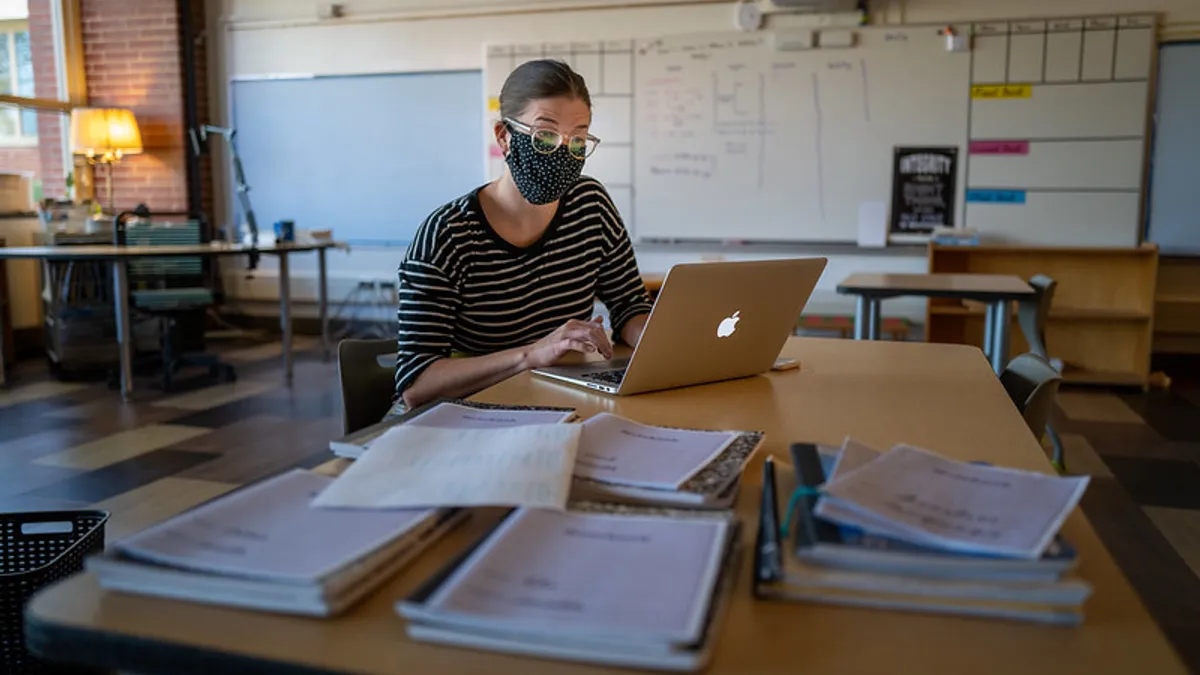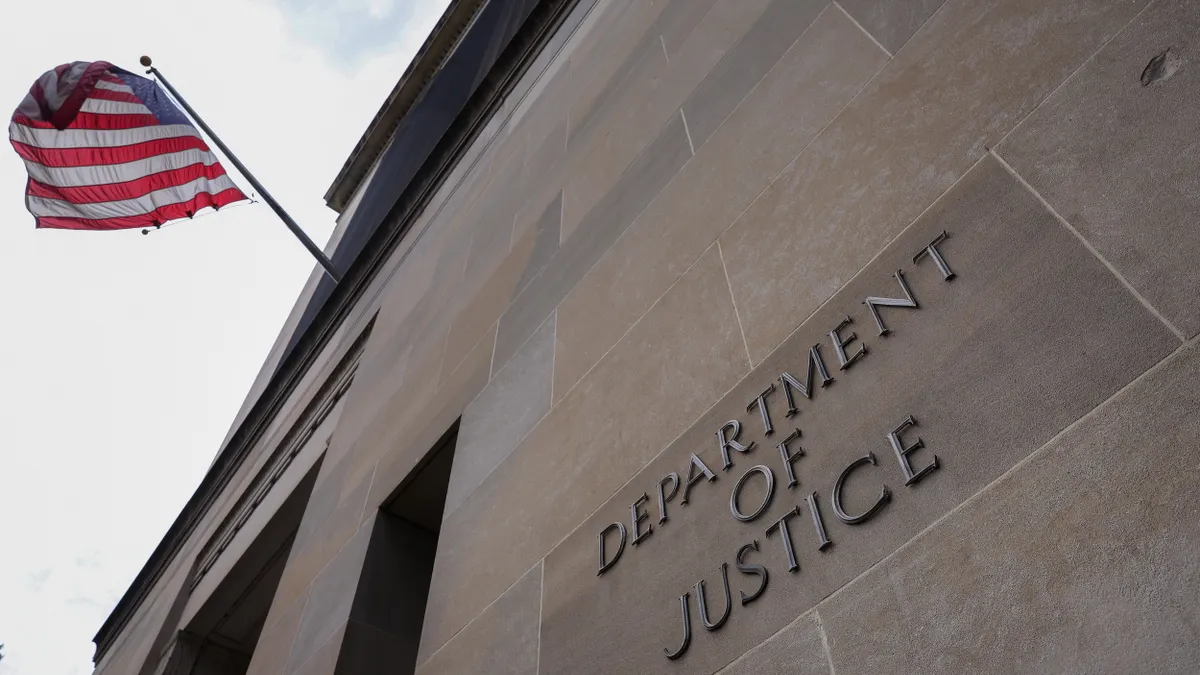Nearly a year out from when the coronavirus pandemic initially disrupted K-12, school leaders are still grappling with daily decisions centered around how to best educate students — and how to do so safely. In a year like no other, there is no playbook, no historical references and no hard data on best practices.
To assess the state of the situation, the National Association of Elementary School Principals surveyed principals in March, July and December to ask about coronavirus safety protocols, attendance issues, learning loss and more.
“Whether it is implementing procedures to keep staff and students safe, trying to ensure reliable home internet access for students, addressing student learning loss or boosting mental health and trauma sensitivity supports for students, principals are having to do more with less,” said L. Earl Franks, NAESP executive director said in a statement.
In light of the organization's most recent data, from its mid-year principal survey in December 2020, released in January, we spoke with several school and district leaders to learn how their schools are dealing with issues cited in the findings.
COVID-19 testing in schools
The survey showed almost all schools (99%) have isolation or quarantine protocols in place for those who show COVID-19 symptoms. But only 53% of respondents reported receiving training from health professionals on how to conduct in-school symptom screenings.
The issue of testing in schools remains a difficult one, said Kevin Carpenter, principal at Kennett High School in North Conway, New Hampshire.
“We have a self-screener that we use with students and staff on a daily basis,” he said. “Anyone that is displaying or reporting symptoms at school must check in with our school nurses. If they do have COVID-19 symptoms, they are sent to get a test or enter a 10-day quarantine.”
Carpenter still worries about asymptomatic cases.
“We wear masks at all times and have limited the number of transitions to one per day,” he said. “This has allowed us to stay open for the entire year so far in a face-to-face model for every student that wanted it.”
Addressing learning loss
According to results from the survey, nearly 25% lack funding to provide additional services, staffing and programming for students who are falling behind. Only 8% of respondents are allocating “substantial” resources to counter learning loss.
When it comes to addressing COVID slide, the most effective remedy is to get students back in the classroom, said Todd Hausman, associate principal at Morgen Owings Elementary in Lake Chelan, Washington.
The elementary school reopened in October 2020, but providing social-emotional wellness was the school’s top priority.
“Our school district invested in two full-time counselors for our elementary school, and they have been teaching K-5 students how their brains work, how to regulate their emotions and manage stress," he said.
Richard M. Gordon IV, principal of Paul Robeson High School for Human Services in Philadelphia, said schools must revamp their approach to how they address curriculum, teaching and educational technology, but also support students in their personal lives.
“We are refocusing on how we have to use our school and community resources to integrate social services, proper healthcare, food security, mental health therapy, family employment and positive relationship building in order to strengthen our students social-emotionally before we can engage and challenge them cognitively,” he said.
COVID exacerbates student attendance issues
The pandemic has worsened attendance rates in 82% of respondents’ schools, according to the NAESP survey. Those most likely to be absent are the same students who had been chronically absent prior to the pandemic.
Attendance is an ongoing challenge, acknowledged Susan Kessler, executive principal at Hunters Lane High School in Nashville, Tennessee.
“We have been operating completely virtual all year, so it has been extremely important that we check on our absent students more often and more quickly than we did before the pandemic,” she said. “We contact every absent student daily via telephone with a live person to notify the parent [and] find out if the student is ill or is having technological issues. And we have emphasized that logging in and doing our work and attending live classes is just as important now as it was before we were all virtual.”
But students who are still learning in a virtual environment can also be harder to engage. “We have spent a great deal of time trying to communicate and reach out to these students and families,” Gordon said.
The attendance rate has also been impacted by people staying home when they have minor symptoms, which they may not have done prior to the pandemic, he said. “Our biggest takeaway here is to have as much communication as possible.”
For Joe Sanfelippo, superintendent at Fall Creek School District in Wisconsin, it’s all about making as many connections to kids as possible.
“From virtual to in-person, we want all kids to know that there is a caring adult on the other side of the screen or in the room who wants them to be there,” he said. “Spending the first five minutes of the connection making sure students feel loved, supported and safe, and the last five minutes making sure they have what they need until the next connection, is important.”
School-based mental health services
Nearly 70% of the survey respondents reported not having sufficient school-based mental health professionals to adequately serve all the students in need.
Hausman said Morgen Owings Elementary's counselors transformed a classroom into a sensory space for students, known as “The Goat Room.” The room provides an area for social-emotional learning and a place for students when they need to take a break.
At Hunters Lane High School in Nashville, school funds are used for a full-time social worker who helps students with everything from mental health counseling to running the school food pantry.
“Teachers each have a group of students who they are advisors for, and they contact each of those students weekly or bi-monthly to check in with them,” Kessler said, adding that this process has helped reduce the stress associated with all the challenges students and families are facing under the current conditions.
“By reaching out to families on a regular basis, we are able to help address small concerns before they snowball into major concerns,” she said.





 Dive Awards
Dive Awards













